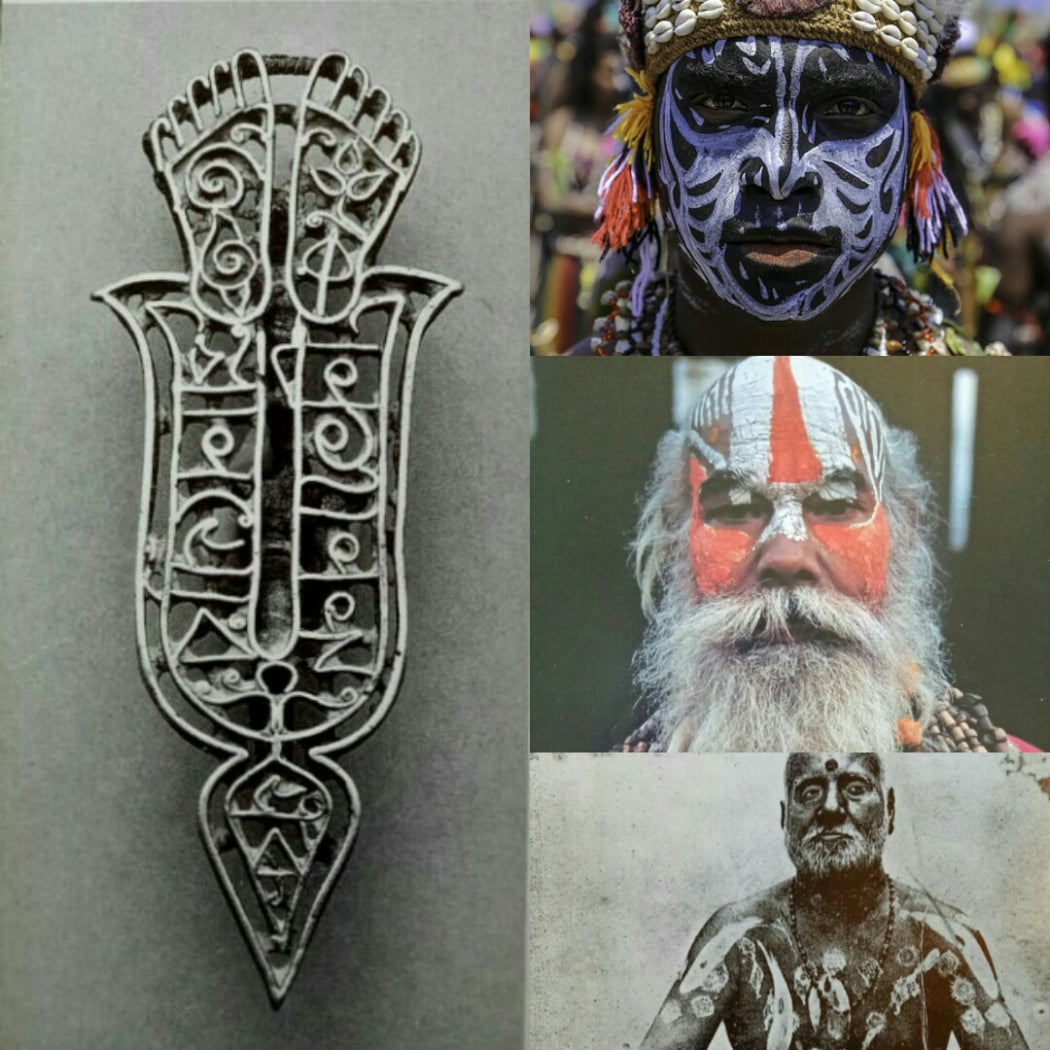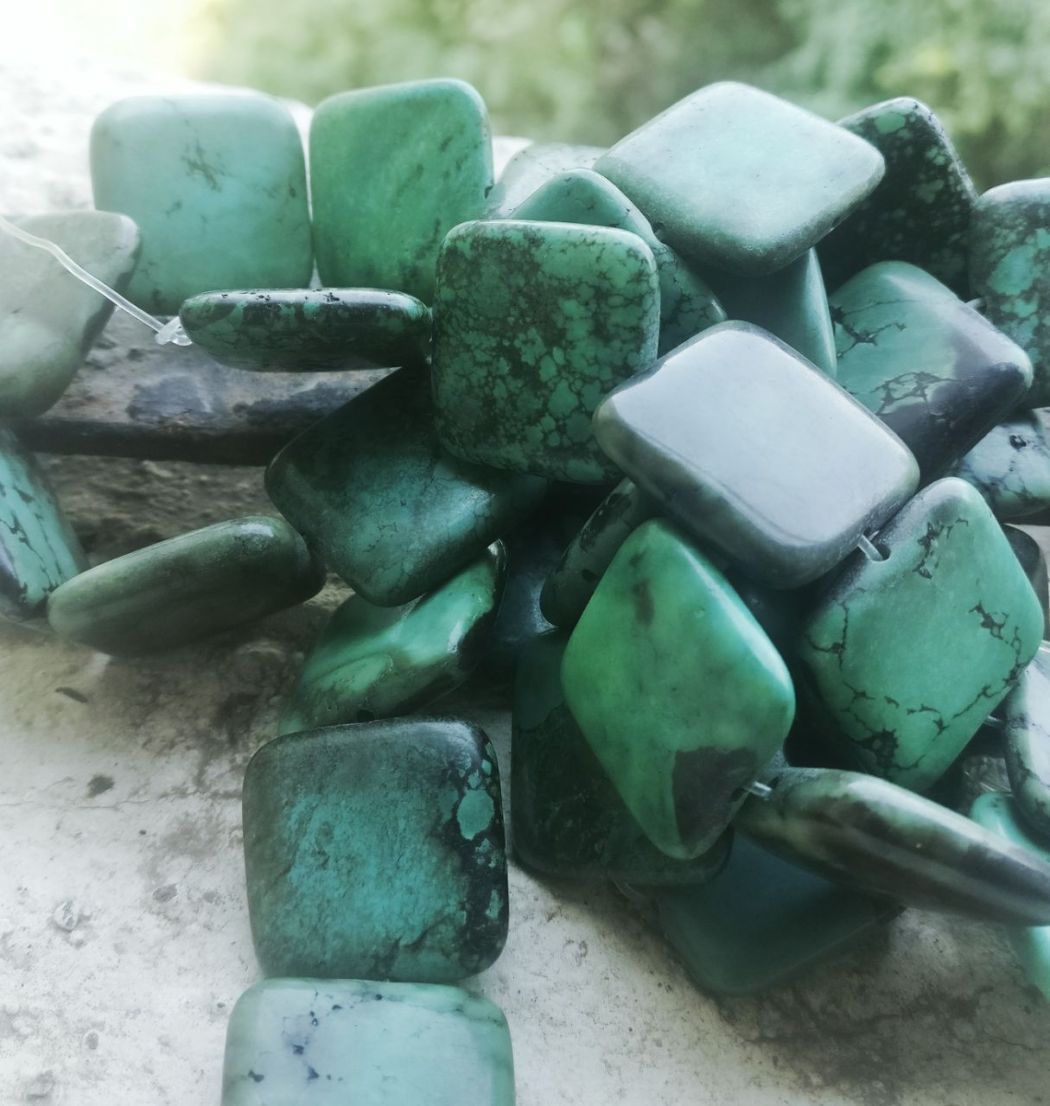The term jewellery is timeless. To us, jewellery comprises of the use of precious metals and gemstones; but in reality, jewellery dates back to about 1,00,000 years ago when humans turned their attention to it once their basic needs such as food, shelter and clothing were fulfilled. Jewellery or rather the term ‘body adornment’ is apt when it comes to what the initial jewellery comprised of.
Even today, many tribes who are frozen at a particular stage of cultural and economic development, have been noticed sporting different varieties of body adornments. It is such a surprise to see the importance body adornment holds to them. The way they utilize various materials available to them at their stage of development show their liking and interest towards jewellery and provides a direct insight into their creative ability and the customs and practices followed at by them.
The ancient or early jewellery comprised of many different types and depicted the use of beads, seeds, stones etc. for the same. Some even utilized body marking procedures or ash, mud etc to decorate their body and to define their excellence and superiority.
Let us look into one of the most ancient and interesting methods that were used when it came to body adornments;
Mud, ash, colours etc.: Perhaps the most primitive type of body decorations to have come into effect as they required the use of mud, ash etc in their elemental form which was readily available. The use of mud and ash are known as ‘mitti’ and ‘bhasma’ was symbolically very important. It was due to the concept of living things and their final destination being the mud or the earth (especially in the Hindu community). In India, priests or sadhus still have their daily baths and apply pastes of burnt ashes from cow dung (dried), straw, grasses etc. on their foreheads or on their body surfaces. This is often meant as a symbolic representation of the denouncement of material and worldly possessions.
Among the Hindus, ashes are said to be more important as they have an association with Lord Shiva. Usually, the pattern of application comprises of three lines, one below the other, in order to represent the Godly trio - The Brahma , Vishnu and Mahesh. Another common pattern is the popular ‘Trident of Shiva’; sacred among the Hindus.
The ashes from the banks of the river Ganges are considered to be sacred and is hence sought after by all Hindus. Apart from this, mud, pigments and ash are still used merely as a means of decorating the face or body by members of various tribes, at festive occasions or by dancers. The purpose can sometimes hold religious importance but bold and bright patterns and designs, streaks and prints on the face and the body are usually carried out to grab attention. The patterns are either drawn by hand or body stamps are used. One such interesting stamp is seen in the picture, called ‘chaap’, a type of body stamp used by the devotees of Vishnu. This stamp is dipped into a sandalwood paste and later stamped onto the skin so as to transfer the design. This stamp is created to depict the footprints of Vishnu above the 'U' shaped forehead mark. It also shows an inscription and symbolises the entry of the wearer into the heaven of Vishnu (Vaikunth) upon death.
Till date, members of some religions are also said to carry small boxes filled with mud or ashes from places known to be sacred and carried along with them or as amulets. They believe that the sacred energy or spirits from that place act as a protectant.
Indeed these methods showed that body adornment was seen as an important activity since ancient times and the advent and introduction of many new methods and ideas formed a firm foundation to the advent of jewellery as we see it today.
Picture Credits: Traditional Jewellery of India, Oppi Untracht.
#historyofjewellery #loveforjewellery #bodyadornments #tribal #indianjewellery #bodypainting #jewellerylove #mohabygeetanjali



